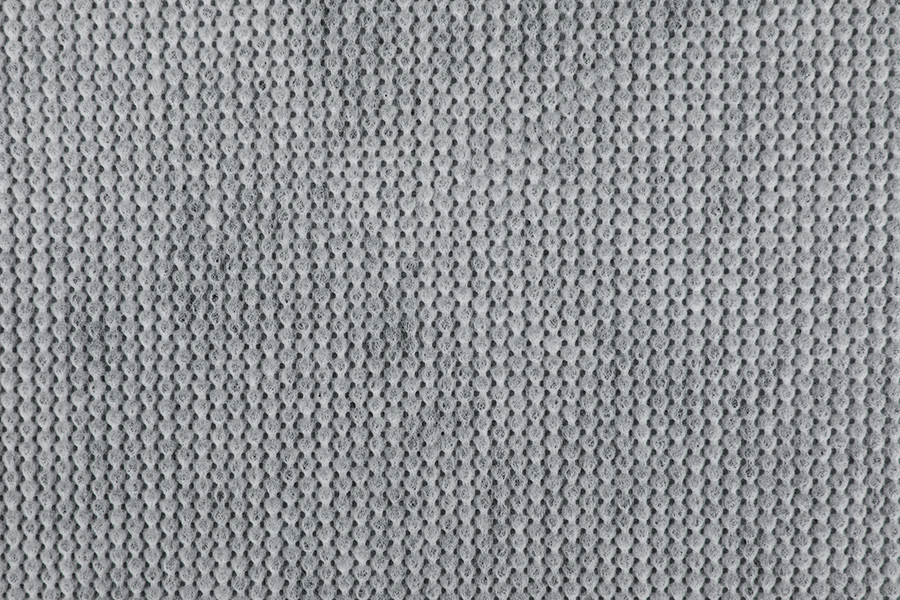The fabric thickness of
embossed nonwoven fabric can have several significant effects on its properties and performance, including its strength, flexibility, insulation capabilities, and suitability for specific applications. Here are some key effects of fabric thickness on embossed nonwoven fabric:
Strength and Durability:
Increased Thickness: Thicker embossed nonwoven fabric tends to have greater tensile strength and durability. It can withstand higher levels of stress and strain without tearing or breaking, making it suitable for applications requiring robust materials.
Insulation and Thermal Properties:
Thermal Insulation: Thicker fabrics typically provide better thermal insulation. They can help retain heat or provide thermal barrier properties, making them suitable for applications like insulation materials in construction or protective clothing.
Cushioning and Padding:
Enhanced Cushioning: Thicker embossed nonwoven fabrics offer increased cushioning and padding capabilities. They can absorb shocks and impacts better, making them suitable for protective packaging and cushioning applications.
Sound Absorption:
Improved Sound Absorption: Thicker fabrics can have better sound absorption properties. They are used in applications like acoustic panels, soundproofing materials, and automotive interiors to reduce noise levels.
Absorbency and Liquid Handling:
Higher Absorbency: In some cases, thicker fabrics may have higher liquid absorbency. They can be used in applications like hygiene products (e.g., diapers, sanitary napkins) or spill control materials.
Filtration Efficiency:
Increased Filtration Efficiency: Thicker nonwoven fabrics can offer enhanced filtration efficiency due to a larger surface area for capturing particles. They find use in air and liquid filtration applications.
Bulk and Stiffness:
Greater Bulk: Thicker fabrics have more bulk or volume. This can affect their stiffness, making them less suitable for applications requiring a soft and flexible material.
Weight and Cost:
Increased Weight: Thicker fabrics are typically heavier, which can impact transportation costs and material handling requirements.
Embossing Depth: The embossing process can be affected by fabric thickness. Thicker fabrics may require adjustments in the embossing parameters to achieve the desired embossing depth and pattern clarity.
Application Suitability:
Specific Applications: The choice of fabric thickness depends on the intended application. Thicker fabrics may be preferred for heavy-duty or high-stress applications, while thinner fabrics may be suitable for lightweight and flexible uses.
Fabric thickness is a critical factor to consider when selecting embossed nonwoven fabric for a particular application. It directly influences the material's strength, insulation properties, absorbency, sound absorption, and suitability for various industries.

